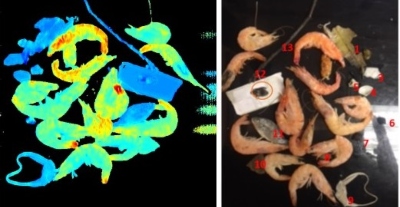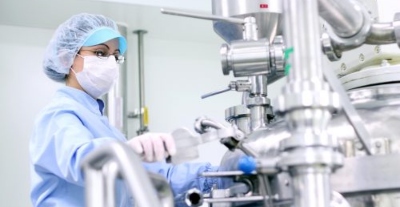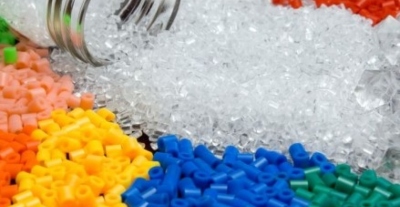
 Recycling of multilayer and composite plastics
Recycling of multilayer and composite plastics
 Sorting and quantification of organic waste
Sorting and quantification of organic waste

Detection of defects in fish loins using machine vision and deep learning
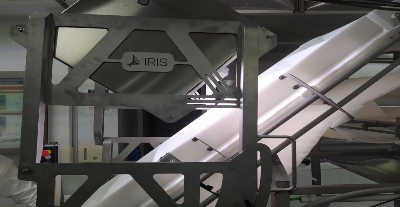
Detection of defects in fish loins using machine vision and deep learning
Machine vision technology assisted by deep learning is an important ally for fish processing and distribution factories that makes it possible to inspect 100% of the production to ensure high standards of quality and food safety of the product that finally reaches the consumer’s table.
The new Visum DeepSight Loins™ system from IRIS Technology is a machine vision system designed for the detection of physical surface defects in fresh and frozen fish loins that makes it possible to automate the inspection of loins, quantify, classify and reject non-conformities to ensure superior quality of the final product.
Machine Vision and Deep Learning
While traditional computer vision systems learn to classify and recognize features from a set of historical images in order to correctly predict and classify new ones, deep learning neural networks are able to learn features from pixels (individual and group) and have an input layer (the raw image), a series of intermediate layers that are interconnected to simulate how a biological brain works, and an output layer that provides classification/prediction. Deep learning neural networks are especially good at learning complex features and segmenting an image at different levels of abstraction (edges, different colors, shapes, objects), including noise and probabilistic information.
Traditional machine vision that does not use this approach typically processes images but does not learn from the data, such as thermal imaging cameras, motion detection sensors, light intensity sensors, among others.
Detection of defects in fresh and frozen fish loins
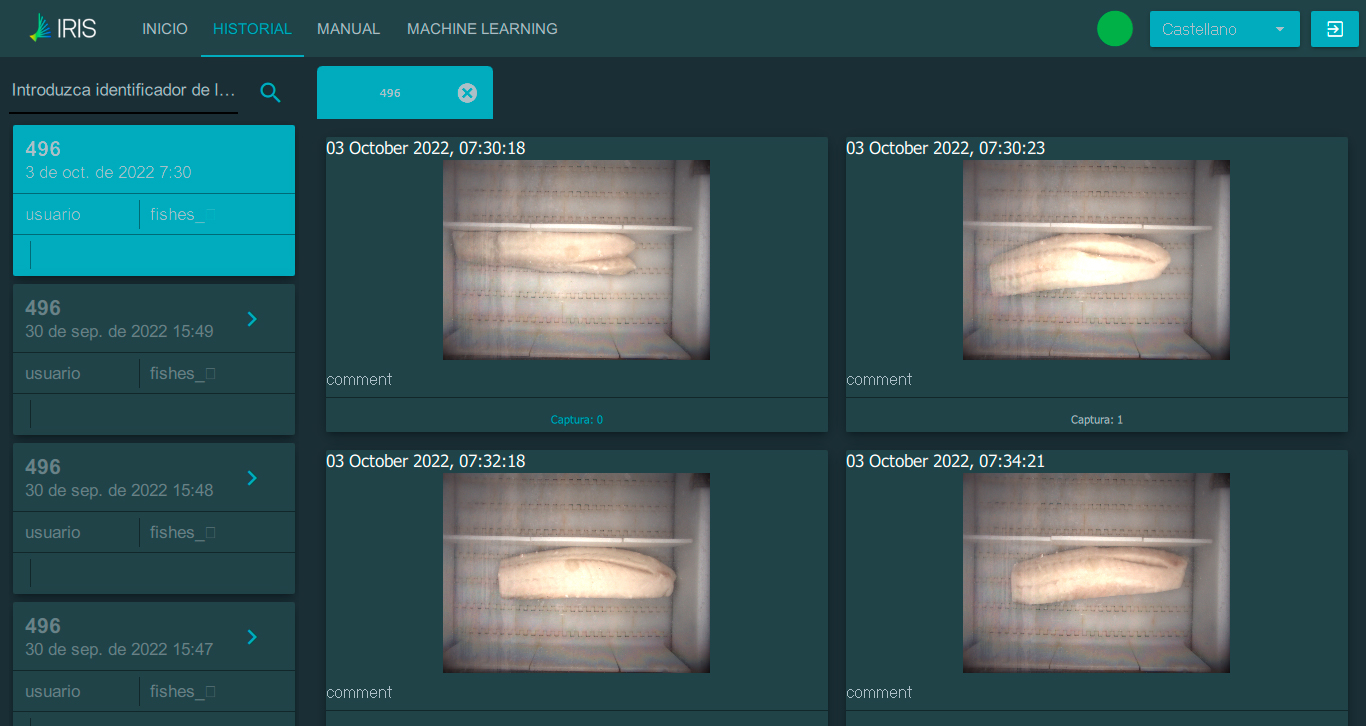
The Visum DeepSight Loins™ system is capable of detecting numerous defects in fish loins such as bruises, blood stains, gapping (i.e. openings or tears in the musculature), skin remnants, superficial bones or other superficial foreign bodies that may reach the processing line. It also has built-in color measurement functionality under international CIELAB or L*a*b* standards, which is important as a quality parameter both on the surface and in relation to the freshness of the fish.
Visum DeepSight Loins™ has a high IP protection for easy cleaning of the line and has a built-in anti-reflective and anti-humidity system that allows it to operate normally on both fresh and frozen fish loins.
Usability, Operation and Communication
The Visum DeepSight Loins™ system incorporates 2 user levels: “Administrator” for modifying settings, working mode, adjusting rejection sensitivity or taking references and “Operator” for automatic operation mode of the device.
The system is complemented by a trap door rejection that allows the ejection of non-conforming units for reprocessing or control by the operators.
The information and results of the analysis, such as the quantification of defects and rejects by class, lot information and the quantity of products inspected, can be viewed on the built-in computer module, on a computer connected to the network or on the plant’s own information management system. In addition, automatically generated reports can be exported in different formats.
The sensitivity adjustment functionality is an essential tool for calibrating the level of rejection of the device in the event of certain defects and thus regulating the system’s operating performance without causing any inconvenience to the line’s production capacity.
For more information about the device and inquiries write to info@iris-eng.com.
